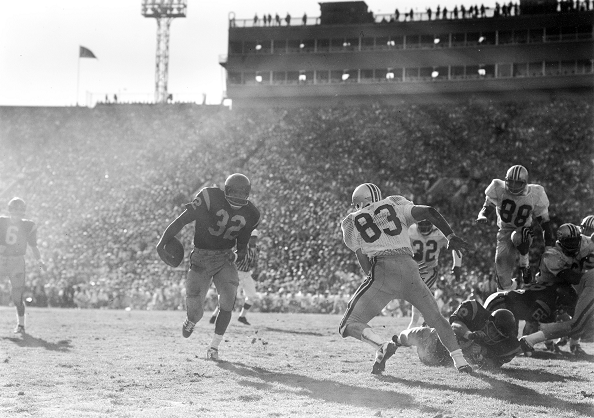


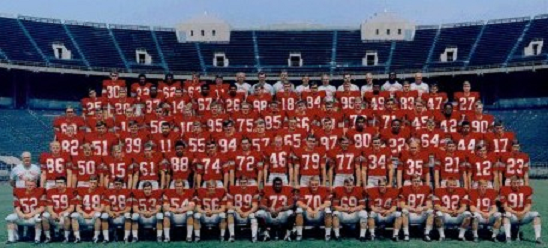
| Southern Methodist (8-3) | 35-14 | #9 |
| Oregon (4-6) | 21-6 | #8 |
| Purdue (8-2) | 13-0 | |
| Northwestern (1-9) | 45-21 | |
| at Illinois (1-9) | 31-24 | |
| Michigan State (5-5) | 25-20 | |
| at Wisconsin (0-10) | 43-8 | |
| at Iowa (5-5) | 33-27 | |
| Michigan (8-2) | 50-14 | #14 |
| Rose Bowl Southern Cal (9-1-1) | 27-16 | #5 |
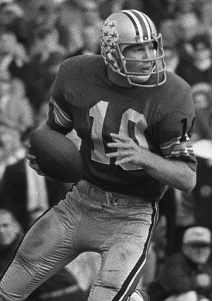
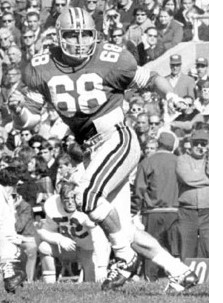
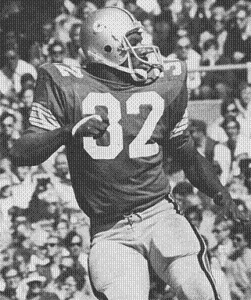
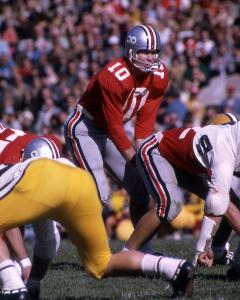
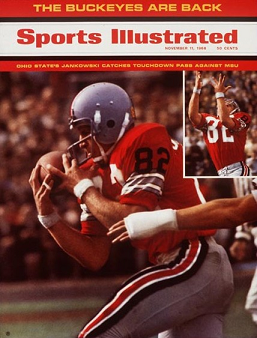
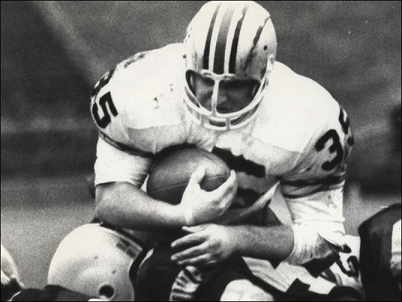
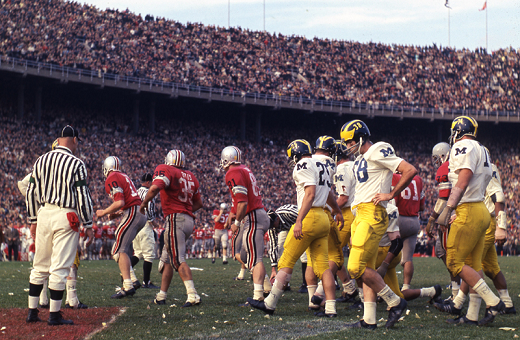
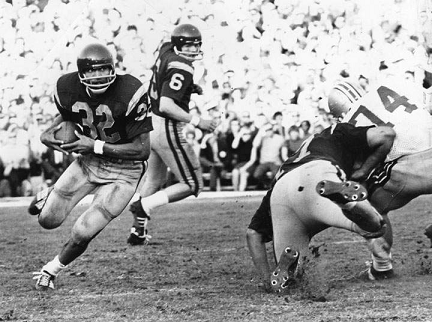

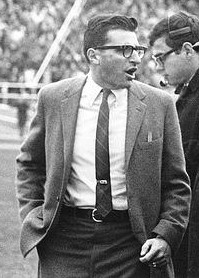
| Navy (2-8) | 31-6 | |
| Kansas State (4-6) | 25-9 | |
| at West Virginia (7-3) | 31-20 | |
| at UCLA (3-7) | 21-6 | |
| at Boston College (6-3) | 29-0 | |
| Army (7-3) | 28-24 | |
| Miami-Florida (5-5) | 22-7 | #20 |
| at Maryland (2-8) | 57-13 | |
| at Pittsburgh (1-9) | 65-9 | |
| Syracuse (6-4) | 30-12 | |
| Orange Bowl Kansas (9-2) | 15-14 | #11 |
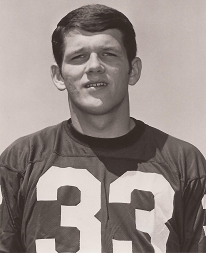
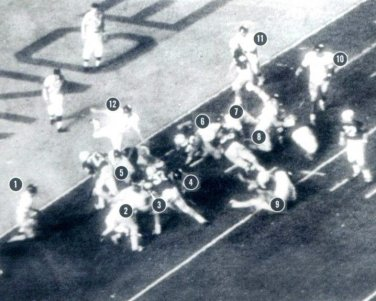
| Ohio State 10-0 | Penn State 11-0 | ||||||||||||||||||||||||||||||||
|---|---|---|---|---|---|---|---|---|---|---|---|---|---|---|---|---|---|---|---|---|---|---|---|---|---|---|---|---|---|---|---|---|---|
|
|
||||||||||||||||||||||||||||||||
| 1) Helms Billingsley (math system) Coaches Poll FWAA Football News NFF |
5.0 |
| 7) National
Championship Foundation AP Poll |
4.8 |
| 9) College Football Researchers | 4.6 |
| 10) Sagarin
ELO-Chess (math) Berryman (math) |
4.3 |
| 12) Poling (math) | 4.1 |
| 13) Dunkel (math) Sagarin (math) DeVold (math) |
3.8 |
| 16) Matthews (math) | 3.3 |
| 17) Litkenhous (math) | 2.5 |
| 1) National Championship Foundation | 4.69 |
| 2) Billingsley (math system) | 4.67 |
| 3) Houlgate (math) | 4.53 |
| 4)
College
Football Researchers Association |
4.48 |
| 5) Sagarin-ELO (math) | 4.46 |
| 6) DeVold
(math) |
4.44 |
| 7) Poling
(math) |
4.38 |
| 8) Helms Foundation | 4.35 |
| 9) Boand (math) | 4.27 |
| 10) Sagarin (math) | 4.24 |
| 11) Litkenhous
(math) |
4.22 |
| 12) AP Poll | 4.08 |
| 13) Dunkel (math) | 4.05 |
| 14) Williamson (math) | 3.86 |
| 15) Berryman (math) | 3.17 |
| 16) Coaches Poll | 3.05 |
| 1) Boand (math system) | 4.26 |
| 2) College Football Researchers Association | 4.22 |
| 3) Poling (math) | 4.11 |
| 4) Helms | 4.09 |
| 5) Sagarin-ELO (math) | 4.06 |
| 6) National Championship Foundation | 3.96 |
| 7) Dickinson (math) | 3.49 |
| 8) Houlgate (math) | 3.35 |
| 9) Billingsley (math) | 3.34 |
| 10) Sagarin (math) | 3.28 |
| 11) Parke Davis | 2.77 |
| 1) Houlgate (math system) | 4.5 |
| 2) Helms | 4.3 |
| 3) Parke Davis | 4.2 |
| 4) National Championship Foundation | 3.7 |
| 5) Billingsley (math) | 3.6 |